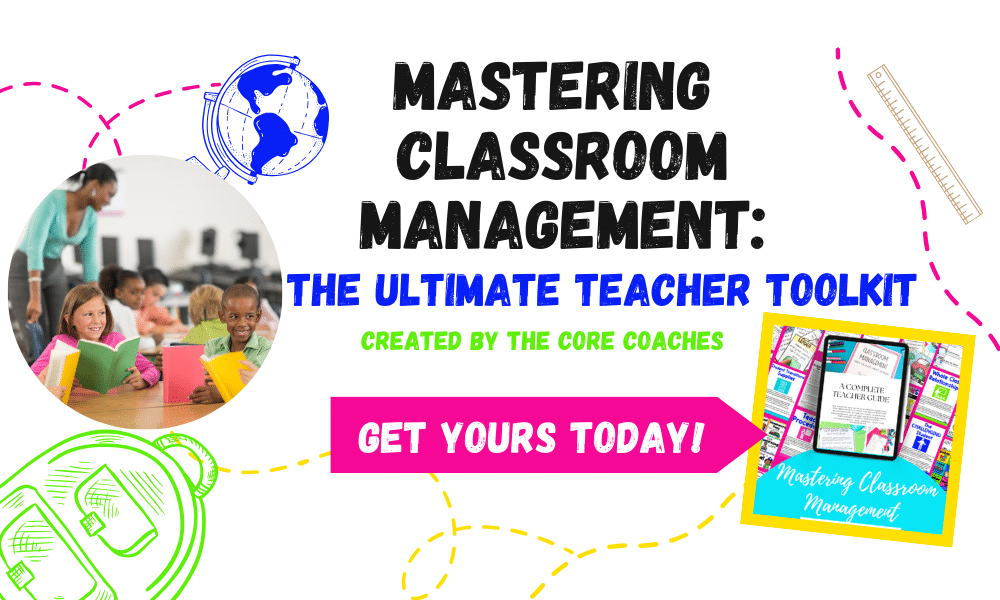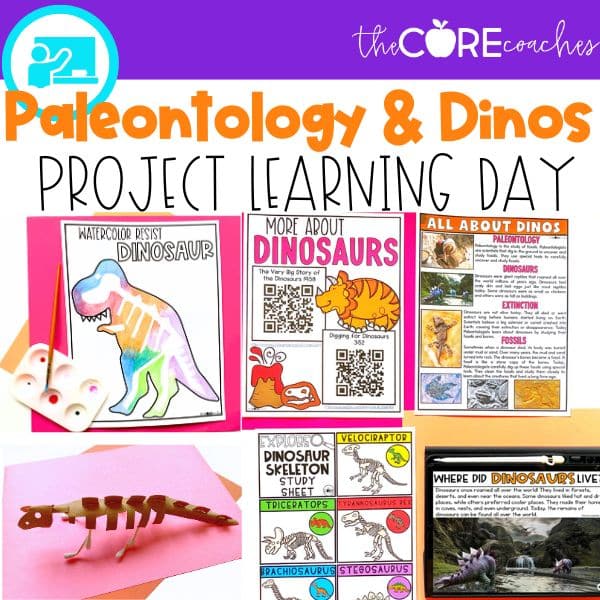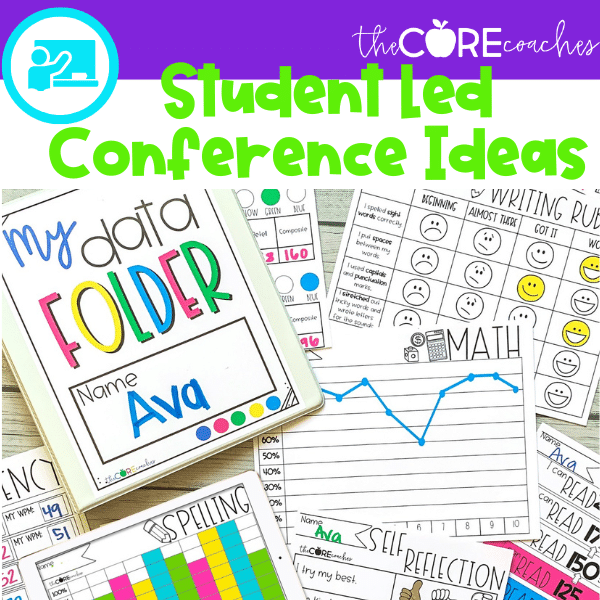One of the trickiest parts of maintaining an effective classroom is maintaining the talking. Speaking is an essential part of learning, so no one wants a classroom that is completely silent all the time. However, young kids (and even adults ) can quickly and easily get off task while talking.
This is why having specific discussion strategies for students is essential for effective student discussions.
Discussion Strategies for Students.
1. Conversation Chips
With students in small groups, hand out 3 talking chips to each student. When a student wants to contribute to the conversation, they place a chip on the table. Each student must use all of their chips.
This strategy helps to make sure all students are participating in the conversation and that one or two students are not dominating the conversation.
2. Colored Conversation
This strategy is similar to the conversation chips, except you use 4-5 different colored chips. Using the different colors allows for you to easily take this from a small group discussion to a whole group conversation. Let your students know that after they meet in small groups, you will be calling on a certain color to share the information with the whole class.
This strategy helps students thoughtfully prepare to share with the whole class. It also offers more students opportunities to speak in groups and in the whole class discussion, once again helping to keep only one or two students from being the only ones who share.
Download our mastering classroom management e-book
3. Partner Talk
Partner Talk teaches students how to engage in respectful conversations with their peers. This strategy teaches students how to give each other eye contact, to listen to understand, and respond in a meaningful way.
This strategy is similar to Think-Pair-Share but with a few more specific protocols. These protocols help students learn steps they can use to have effective conversations with their peers and others.
4. Stand & Share
Stand and share is a spin-off of think-pair-share. This is ideal for groups of three, rather than two though. Put students into groups of three and ask them to stand-up and face the people in their group. One student begins by sharing their thoughts, while the other two listen. Then you switch until all 3 students have shared.
This strategy is a great way to teach students effective communication for small groups.
It is also a fun way to get students up and moving around!
5. Talking Text
Talking Text is a great way to engage students in discussion through a tool they are already familiar with – texting! Have two students partner up to have a conversation. Assign one student to be the texter (use a grouping technique like the student with the shorter hair) and the other to be the receiver. Have students write out “texts” to each other.
While there are plenty of reasons texting is not the ideal form of communication, it is a part of society and a part of how your students communicate. Rather than viewing it as a negative, use it to teach the best way to communicate in that format.
If you would like to try one of our strategies for FREE click below.
Group discussion strategies
Group discussions are one of the greatest teaching tools! They allow students to learn from one another, while also learning through teaching their peers.
In addition to the 5 group discussion strategies shared above, check out 5 more strategies in our Discussion Strategies and Activities for Student Engagement that includes ready to use resources for the five above and five more. With these 10 discussion strategies, you will have everything you need to add variety to your classroom discussions all year long.






